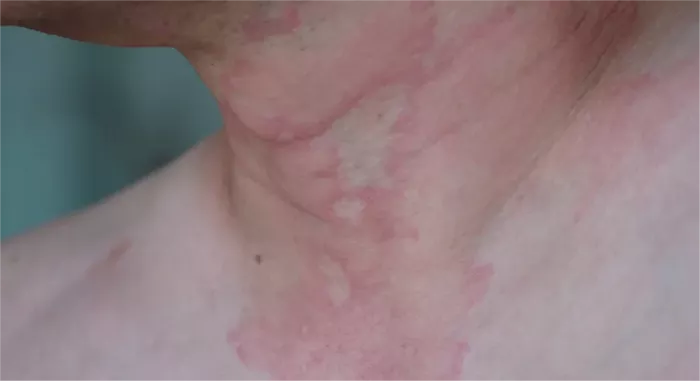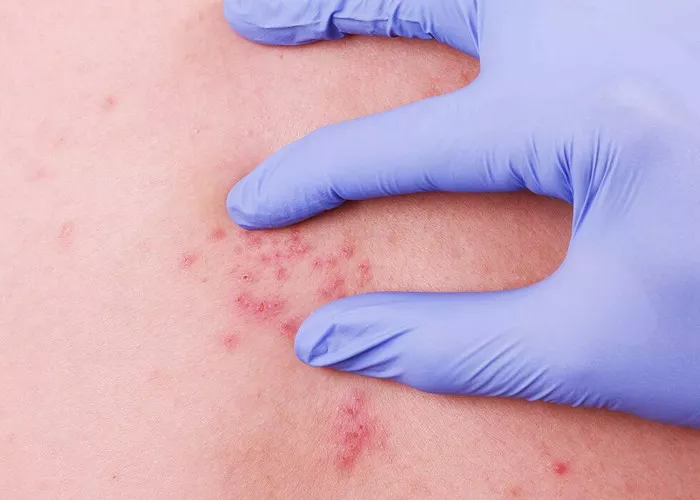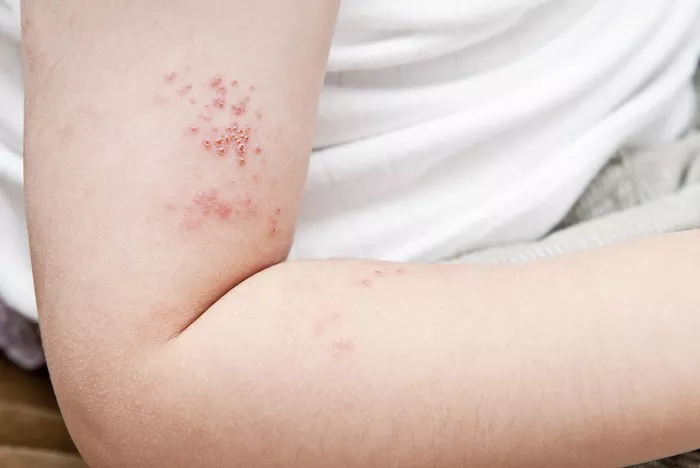Hives, also known as urticaria, are a common skin condition characterized by red, itchy welts that can appear anywhere on the body. They can vary in size and sometimes merge to form larger areas of raised skin. Hives can be acute, lasting less than six weeks, or chronic, persisting for more than six weeks. Understanding what helps with hives all over the body is crucial for those who suffer from this often distressing condition. This article will explore various treatments, lifestyle changes, and preventive measures that can alleviate hives.
Understanding Hives
Before diving into the treatments, it is essential to understand the nature of hives. Hives are caused by the release of histamine and other chemicals into the bloodstream. This release can be triggered by various factors, including:
- Allergic reactions to foods, medications, or insect stings
- Physical stimuli such as pressure, temperature changes, or sunlight
- Infections, both viral and bacterial
- Stress and anxiety
Chronic health conditions such as thyroid disease or lupus
Identifying the underlying cause of hives can significantly aid in determining the appropriate treatment.
Over-the-Counter Treatments
Antihistamines
The first line of treatment for hives is typically over-the-counter antihistamines. These medications work by blocking the effects of histamine, thereby reducing itching and swelling. Common antihistamines include:
- Diphenhydramine (Benadryl): This is a first-generation antihistamine that is effective but can cause drowsiness.
- Loratadine (Claritin): A second-generation antihistamine that is less likely to cause drowsiness.
- Cetirizine (Zyrtec): Another second-generation antihistamine that is effective and has a longer-lasting effect.
Topical Treatments
In addition to oral antihistamines, topical treatments can also provide relief. These include:
- Calamine lotion: Helps to soothe itching and provide a cooling effect.
- Hydrocortisone cream: A mild steroid cream that can reduce inflammation and itching.
Cold Compresses
Applying a cold compress to the affected area can provide immediate relief from itching and reduce swelling. The cold helps to constrict blood vessels and decrease the release of histamine.
Prescription Medications
For severe or chronic cases of hives, a healthcare provider may prescribe stronger medications.
Corticosteroids
Oral corticosteroids, such as prednisone, can be prescribed for short-term use to reduce inflammation and suppress the immune system’s response. However, long-term use of corticosteroids is not recommended due to potential side effects.
Immunosuppressants
In cases where hives do not respond to standard treatments, immunosuppressants such as cyclosporine or mycophenolate mofetil may be used. These medications suppress the immune system and can help control chronic hives.
Biologic Therapies
Omalizumab (Xolair) is a biologic therapy that has shown effectiveness in treating chronic hives. It works by blocking immunoglobulin E (IgE), a key antibody involved in allergic reactions.
Natural Remedies
Some people prefer natural remedies to manage their hives. While these may not be as effective as medical treatments, they can still provide some relief.
Aloe Vera
Aloe vera has anti-inflammatory properties and can soothe the skin. Applying aloe vera gel to the affected area can help reduce itching and redness.
Oatmeal Baths
An oatmeal bath can help soothe the skin and reduce itching. Colloidal oatmeal, which is finely ground oatmeal, can be added to a lukewarm bath for a soothing effect.
Herbal Supplements
Some herbal supplements, such as quercetin and stinging nettle, have antihistamine properties and may help reduce symptoms. However, it is essential to consult with a healthcare provider before taking any supplements, as they can interact with other medications.
Lifestyle Changes
Certain lifestyle changes can help manage hives and prevent flare-ups.
Avoiding Triggers
Identifying and avoiding triggers is crucial in managing hives. Keeping a diary of foods, medications, and activities can help identify potential triggers. Common triggers to avoid include:
- Certain foods such as nuts, shellfish, and eggs
- Medications like aspirin and nonsteroidal anti-inflammatory drugs (NSAIDs)
- Alcohol and caffeine
- Stressful situations
Stress Management
Stress is a known trigger for hives. Implementing stress management techniques such as meditation, yoga, or deep-breathing exercises can help reduce the frequency and severity of hives.
Wearing Loose Clothing
Tight clothing can irritate the skin and worsen hives. Wearing loose, comfortable clothing made of natural fibers like cotton can help reduce irritation.
SEE ALSO: Why Do I Keep Breaking Out in Itchy Hives?
Maintaining a Cool Environment
Heat can exacerbate hives. Keeping the environment cool and avoiding hot showers or baths can help prevent flare-ups.
Preventive Measures
Taking preventive measures can reduce the likelihood of developing hives.
Regular Exercise
Regular exercise can boost the immune system and reduce stress, which may help prevent hives. However, it is essential to avoid overexertion and overheating, which can trigger hives.
Healthy Diet
A healthy diet can support the immune system and overall health. Eating a balanced diet rich in fruits, vegetables, and whole grains can help reduce the risk of hives.
Hydration
Staying hydrated is essential for skin health. Drinking plenty of water can help keep the skin hydrated and reduce the risk of hives.
When to See a Doctor
While many cases of hives can be managed with over-the-counter treatments and lifestyle changes, it is essential to seek medical attention in certain situations.
Severe or Persistent Hives
If hives are severe, persistent, or accompanied by other symptoms such as difficulty breathing or swelling of the face or throat, it is crucial to seek immediate medical attention. These could be signs of a severe allergic reaction known as anaphylaxis.
Chronic Hives
If hives persist for more than six weeks, it is considered chronic urticaria. Chronic hives may require more intensive treatment and evaluation by a healthcare provider.
Underlying Health Conditions
If hives are associated with other symptoms such as joint pain, fever, or fatigue, it could indicate an underlying health condition that requires medical evaluation.
Conclusion
Hives can be a distressing condition, but various treatments and lifestyle changes can help manage and prevent them. Over-the-counter antihistamines, topical treatments, and cold compresses provide immediate relief, while prescription medications may be necessary for more severe or chronic cases. Natural remedies and lifestyle changes, such as stress management and avoiding triggers, can also play a significant role in managing hives. Preventive measures, including regular exercise, a healthy diet, and staying hydrated, can reduce the risk of developing hives. If hives are severe, persistent, or accompanied by other symptoms, it is essential to seek medical attention to address any underlying health conditions. By understanding and implementing these strategies, individuals can effectively manage hives and improve their quality of life.
Related Topics:



























